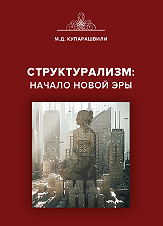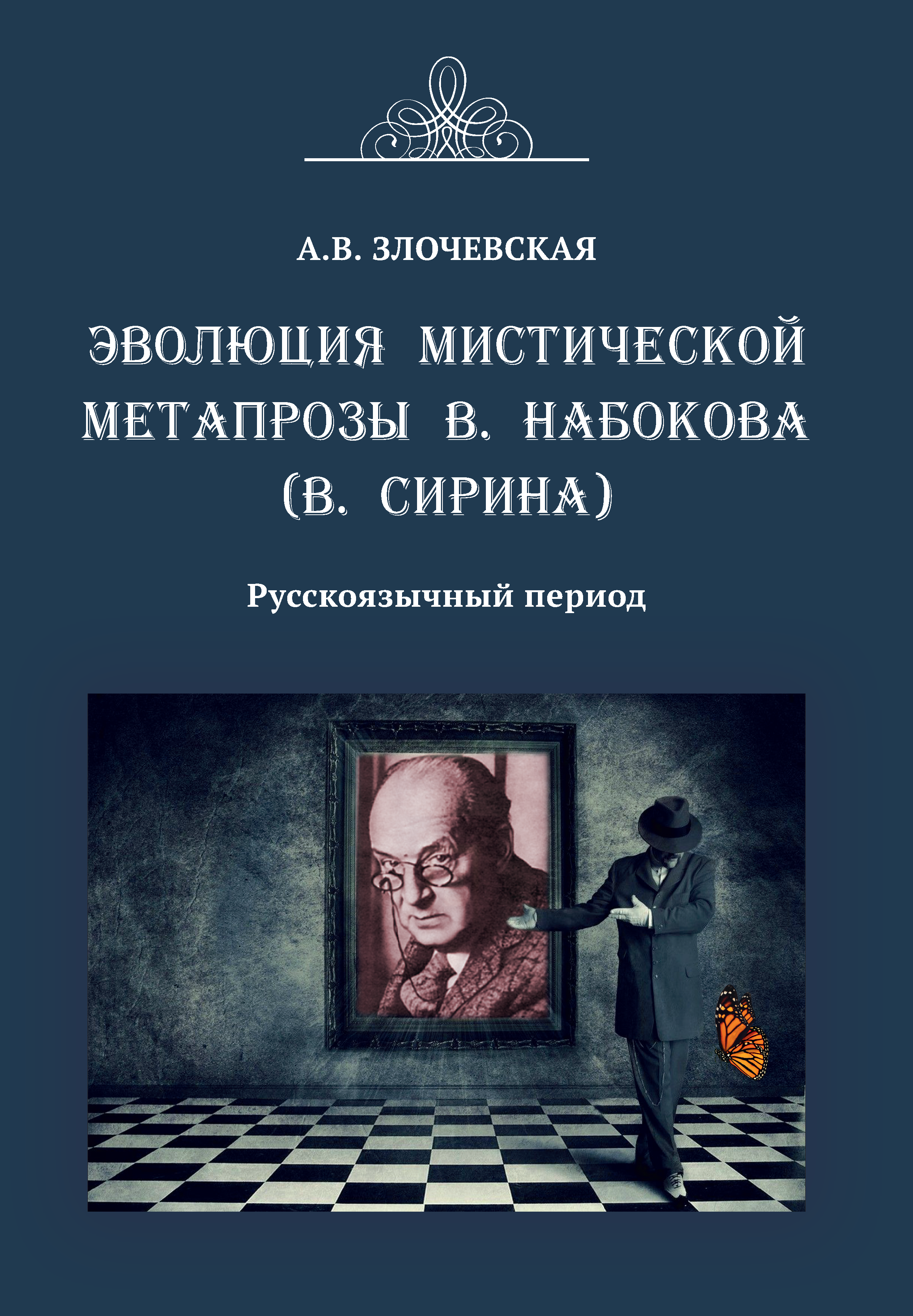Guzel G. Salikhova, Cand. of Chemical sciences, Associate Professor, Department of Meat and Dairy Products Technology and Chemistry, Bashkir State Agrarian University, Ufa City, e-mail: guzelgaliewna@yandex.ru
Azat R. Salikhov, Cand. of Engineering sciences, Associate Professor, Department of Meat and Dairy Products Technology and Chemistry, Bashkir State Agrarian University, Ufa City, e-mail: Salikhov410@yandex.ru
Svetlana G. Kanareikina, Cand. of Agricultural sciences, Associate Professor, Department of Meat and Dairy Products Technology and Chemistry, Bashkir State Agrarian University, Ufa City, e-mail: kanareikina48@mail.ru
Vladimir I. Kanareikin, Teacher of A.M. Gorky Gymnasium No. 3 in Ufa, Republic of Bashkortostan; Lecturer, Ufa branch of the Financial University under the Government of the Russian Federation under the Government of the Russian Federation, e-mail: kanareikina48@mail.ru
The article analyzes the essence of the theory of generations, which is based on the cyclical change of generations, and emphasizes the importance of its use for effective interaction with modern university students, taking into account their uniqueness.
Keywords: learner, generational theory, generation Z, digital education, clip thinking
References
1. Zakharova, V.A. Students of Generation Z: reality and future. Scientific Proceedings of Moscow Humanitarian University. 2019. No. 4. P. 47–55.
2. Morozova, I.A., Shevchenko, S.A., Kuzmina, E.V. University entrant as a representative of generation Z: personal qualities and value orientations. Voprosy journalistiki, pedagogy, linguistics. 2023. Vol. 42. No. 1. P. 90–104.
3. Andreev, V.I. Pedagogy of Higher School. Innovative and predictive course: teaching aid. Kazan: Center of Innovative Technologies, 2006. 500 p.


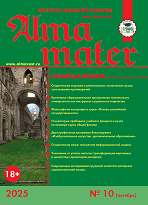

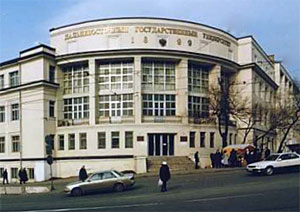
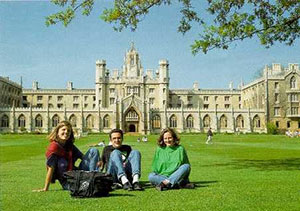


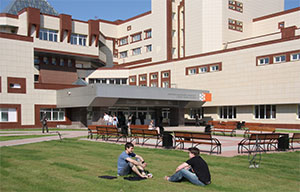


.png)
